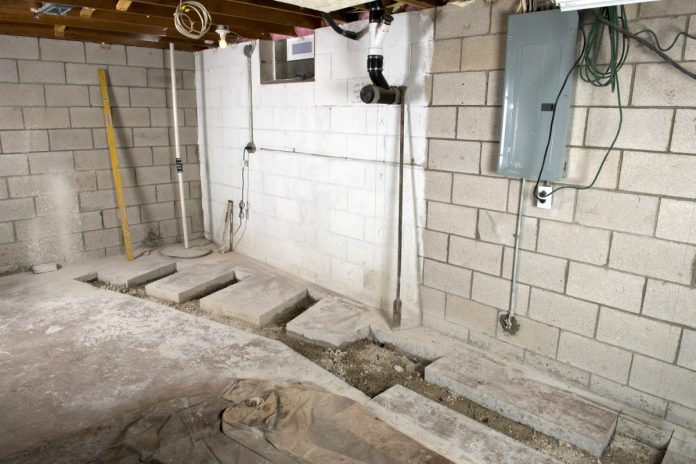Underground waterproofing resulted in one of the top ten claims, regarding cost, between 2010 and 2013 for Premier Guarantee. Here, they provide advice on how to mitigate the risks
The main reasons for water ingress in underground rooms, including accommodation, store rooms and car parks, was not because the product had failed but because the design was unsuitable with the wrong products specified and the installation of the waterproofing system being poor in quality.
Note:
• Always use a waterproofing specialist;
• Ensure a continuity between waterproofing and other building elements;
• Make sure the drainage has been carefully thought through.
We have picked out the most common issues occurring from bad design, use of materials and workmanship.
Design
A lot of the time we realised that no one took responsibility for the waterproofing. Or in some cases, a member of the design team would choose a waterproofing product, but it would then be left to a member of the site team to install. In this case, the site team could be seen to try their best to install, but without real knowledge or understanding of the products, they were applied incorrectly.
Materials
There are also some common but simple errors that destroy an otherwise good approach; an example being waterproof concrete, this can work reasonably well in the right ground conditions, but any hairline, shrinkage cracking leads to leaks, so it must be correctly specified. However, the biggest problem is where joints are formed, penetrations by columns exist and best of all where services are later drilled through providing a route for water ingress.
Workmanship
In one claims case, the waterproofing was correct, the drainage was almost correct, but the membrane finished about 400mm below finished ground level, and the system was simply inundated with surface run-off water. Eventually, the drainage couldn’t cope, the system was overwhelmed and the accommodation filled with water – literally!
Another common issue is the lack of consideration to the construction. Free lime can block cavity drainage membranes, particularly where no access for maintenance is provided. Groundwater running through, across or over concrete can lead to significant build up of free lime, and it can be very difficult to remedy.
What you can see beneath the black cavity drainage membrane is compacted free lime!
Expert Advice
Although it might seem obvious, to avoid problems with your waterproofing, we would always suggest proper investigation, good design and workmanship by the right people.
Always follow BS 8102
Always follow the guidance in the British Standard, in this case, BS 8102. As the first warranty provider to insist on a Certified Surveyor in Structural Waterproofing (CSSW), we realised the importance of having an expert as part of the design and site team as recommended in the British Standard. We have also enhanced our Technical Manual and provided specific requirements and guidance on how to achieve appropriate levels of waterproofing.
Premier Guarantee
Tel: +44 (0)8444 120 888
Twitter @PG_Live
Please note this is a commercial profile




![[VIDEO] Making DorTrak reports easy to read with Fireco Inspecting fire doors at Fireco, firedoor technology, 2023](https://www.pbctoday.co.uk/news/wp-content/uploads/2024/04/JPZ_2364-web-218x150.jpg)
![[VIDEO] Re-flow Field Management review by Traffic Management Installations When TMI began subcontracting for councils and government bodies, they wanted to present their site reporting in a more professional manner](https://www.pbctoday.co.uk/news/wp-content/uploads/2025/03/TMI-Media-1-218x150.png)








